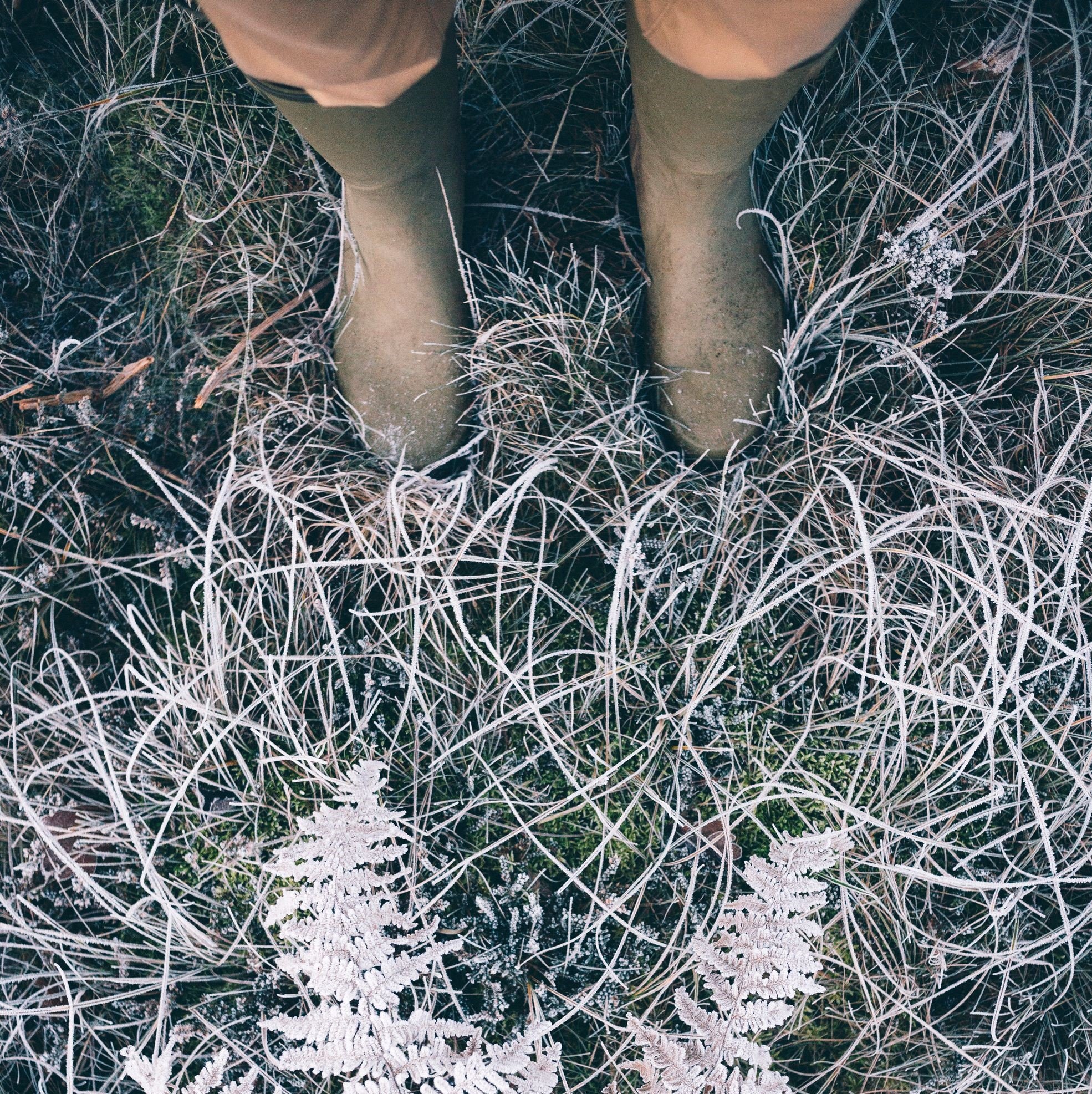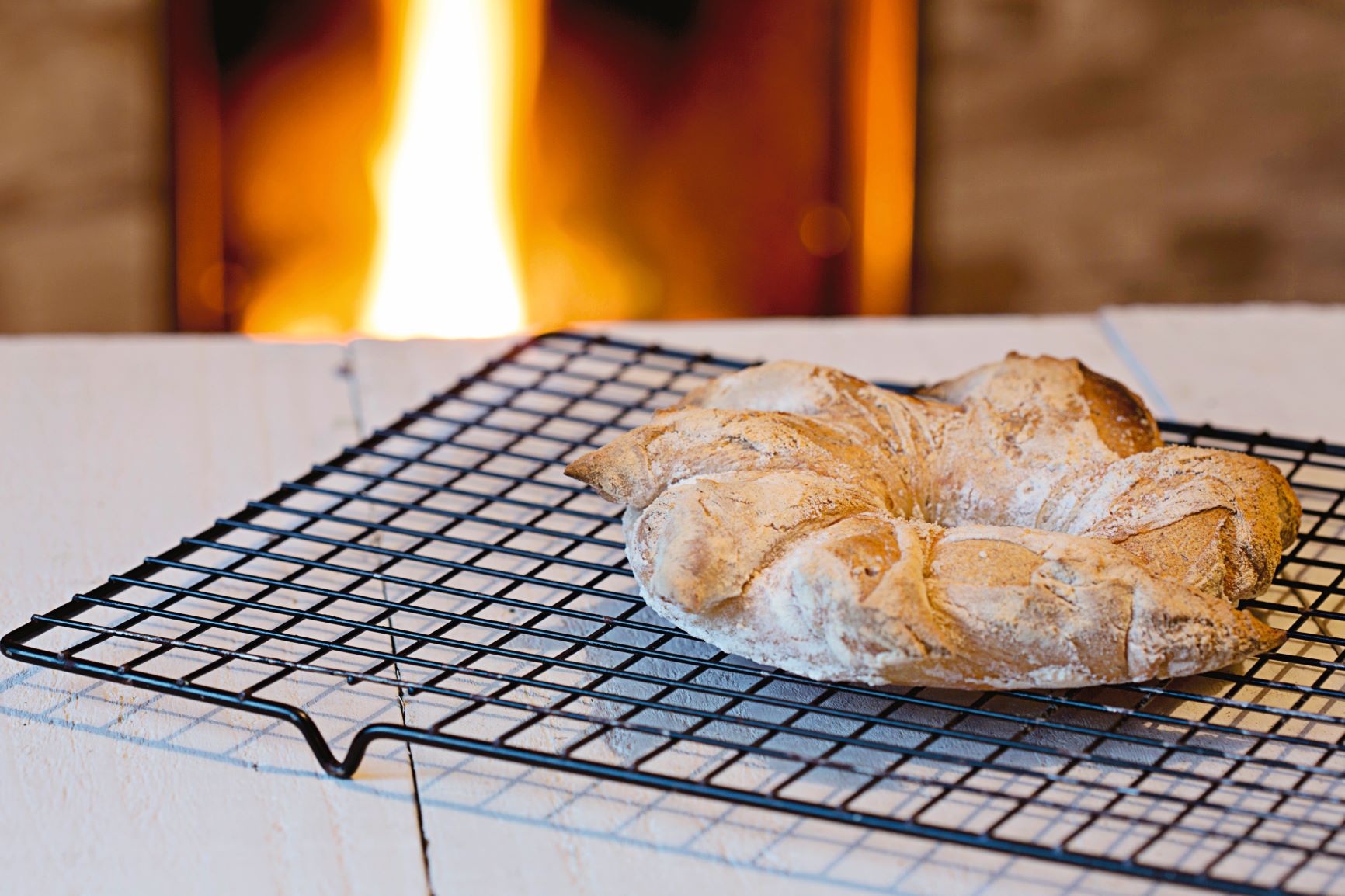The Simple Things’ Lia Leendertz talks us through frost in all its forms
We’re unlikely to have snow at this time of year (though never say never) but what we can enjoy is the delicately beautiful arrival of frost. Read on for an explanation of the different types and how and why they occur.
Hoar frost
From ‘hoary’, meaning aged and whitened, in reference to the shaggy and feathery coating that hoar frost leaves. It occurs under calm, cloudless skies, when there is no (or very little) wind, and under ‘inversion’ conditions: when cold air is trapped under warmer air.
Advection frost
Strong, cold winds prettily rim the edges of objects and plants with tiny spikes of frost, usually pointing in the direction of the wind.
Window frost
Also known poetically as fern frost or ice flowers, this is the frost that creeps across window frames forming swirls, feathers and other patterns, caused by the difference between the very cold air on the outside of the glass and the warmer, moderately moist air on the inside. The growth of the patterns responds to imperfections on the glass surface.
You can read more about Lia’s winter adventures in her veg patch in our December issue. Follow her on instagram @lia_leendertz. You can buy Lia’s book The Almanac: a seasonal guide to 2019 (Hachette Books) in shops now.
Get hold of your copy of this month's The Simple Things - buy, download or subscribe







